
In this review, I’ll be talking about my experience with the new Redmi Note 12 Pro. It’s actually pretty much the same as the Redmi Note 12 Pro+, but with 67W fast charging instead of 200W and a 50MP primary camera instead of 200MP.
And you know what, most people will be perfectly fine with that combo if it means better value for money. Starting at just NPR 38,999 (roughly USD 295) in Nepal, the Redmi Note 12 Pro looks like an excellent deal. In fact, I think this could already be the best value-for-money midrange phone for 2023! Period.
Redmi Note 12 Pro Review: Specifications
- Body: 76 x 162.9 x 7.9mm, 187gm, Glass front/back, Plastic frames, IP53 dust/splash resistant
- Display: 6.67-inches OLED panel, 120Hz refresh rate, 240Hz touch sampling rate, 10-bit colors, Dolby Vision, HDR10+, 1920Hz PWM dimming
- Other Properties: 500 nits (typ) brightness, 900 nits (HBM)
- Resolution: FHD+ (2400 x 1080 pixels), 394 PPI, 20:9 aspect ratio
- Chipset: MediaTek Dimensity 1080 5G (6nm mobile platform)
- CPU: Octa-core:
– 2x Cortex-A78 (2.60 GHz)– 6x Cortex-A55 (2.0 GHz)
- GPU: Arm Mali-G68 MC4
- Memory: 6/8/12GB LPDDR4X RAM, 128/256GB UFS 2.2 storage (fixed)
- Software & UI: Android 12 with Xiaomi’s MIUI 13 on top
- Rear Camera: Triple (with dual LED flash);
– Wide: 50MP Sony IMX766, f/1.88, 1/1.56″ sensor, OIS
– Ultrawide: 8MP, f/1.9, 119° FoV
– Macro: 2MP, f/2.4 (fixed focus) - Front Camera: 16MP, 1/3.06″ sensor (hole-punch cutout)
- Audio: Built-in stereo speakers, Hi-Res Audio, 3.5mm headphone jack
- Security: Side-mounted fingerprint sensor
- Sensors: Accelerometer, Ambient light, E-compass, Gyroscope, Ultrasonic
- Connectivity: Dual-SIM (Nano), WiFi 6 a/b/g/n/ac/ax (Dual-band), Bluetooth 5.2, GPS / AGPS / Galileo / Glonass / QZSS / Beidou, USB-C port, NFC, 4G LTE (VoLTE), Dual 5G
- Battery: 5000mAh with 67W fast charging (67W adapter provided)
- Color Options: Blue, White, Black, Purple
- What’s Inside The Box: Redmi Note 12 Pro, USB-A to USB-C cable, 67W power adapter, SIM ejector tool, Transparent case, User manual, and other documents
- Price in Nepal: NPR 38,999 (6/128GB) | NPR 41,999 (8/256GB)
Redmi Note 12 Pro Review:
Design and Build
- 76 x 162.9 x 7.9mm, 187 grams
- Glass front/back, Plastic frames
- IP53 dust/splash resistant
I mentioned before that the Redmi Note 12 Pro is largely similar to its more expensive Pro+ sibling—except for the charging speeds and camera sensors. That’s true. But these two phones have quite a distinct design language as well.

Instead of a curved finish at the back like on the Redmi Note 12 Pro+ (or even the regular Redmi Note 12 5G for that matter), Xiaomi has gone with a boxy look on the Note 12 Pro for some reason. And this purple color option that I have, which is exclusive to the Note 12 Pro, by the way, is something of an eye candy too.
It doesn’t miss out on an IP53 rating or any other important stuff either, while Xiaomi even says this is the thinnest “Redmi Note Pro” phone yet. And it’s also considerably lightweight over the 12 Pro+ despite featuring the same glass sandwich build with plastic frames. So it’s pretty clear that design is also a key focus here beside everything else.
Performance
- Octa-core MediaTek Dimensity 1080 5G SoC (6nm)
- 6/8/12GB LPDDR4X RAM, 128/256GB UFS 2.2 storage (fixed)
- Android 12 with Xiaomi’s MIUI 13 on top
- 2 years of OS, 4 years of security updates
Now, all this is fantastic news, right?
But as we know, such a sleek design almost always comes at the expense of a compromised cooling system. And the Note 12 Pro is no exception. To be fair, I never noticed the phone getting remotely warm during my regular everyday usage so it’s probably not that big a deal to many. When pushing it through demanding workloads like gaming though, it’s a different story.
As you can see from this graph, the average fps and the overall gameplay stability are pretty similar between the two phones across all the games I tried.
However, the graphite-based cooling solution on the Note 12 Pro to accommodate its slim design is clearly no match to the vapor chamber beast of the 12 Pro+. I wouldn’t say the Note 12 Pro gets uncomfortably hot or anything—even when playing resource-hungry games like Genshin Impact or Injustice 2—but that was how the phone behaved on chilly winter days. So we can easily expect somewhat worse thermals in the summertime.
The Chinese MIUI experience
As far as casual performance goes, I don’t have any complaints. The Dimensity 1080 is already a great chipset for the Note 12 Pro+, so getting the same processor on a much cheaper phone is even more awesome!
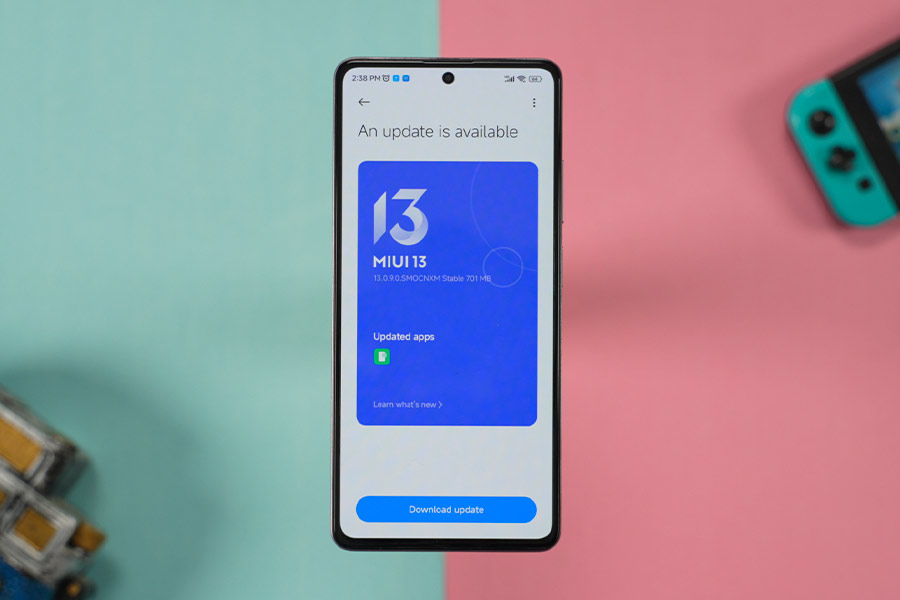
The MIUI experience on this phone has also been quite enjoyable. Besides the global MIUI ROM, I also had the opportunity to test it with the China-flavored MIUI. And I gotta say, that was quite an experience. It is a little too strict with battery optimization versus the regular MIUI, but it handles things like active memory management and UI fluidity greatly. I only wish it ran Android 13-based MIUI 14 instead of the older MIUI 13 on top of Android 12.
Although Xiaomi does promise 2 generations of OS and 4 years of security updates for this guy, it doesn’t make sense for a 2023 smartphone to launch with Android 12 out of the box. It just doesn’t. By now, Android 13 has been out for more than 6 months after all!
Cameras
- Triple camera setup at the back
- (50MP main, 8MP ultrawide, 2MP macro)
- 16MP selfie camera (hole-punch)
Okay, let’s now jump straight to the cameras, which I’m sure is what you’re excited to know about the most. We’ve also come up with a separate comparison between Redmi Note 12 Pro’s 50MP camera against Redmi Note 12 Pro+’s 200MP in detail, which you can check out here. Anyway, what you need to know about the Note 12 Pro’s cameras is that you’re not missing out on much with this optically-stabled 50MP Sony IMX766 sensor.
This is still a flagship-level image sensor, by the way. One that you’d even find in high-end phones of 2022 like the Huawei Mate 50 Pro. Besides this, Xiaomi has used the same 8MP ultrawide, 2MP macro, and 16MP selfie shooter on the Redmi Note 12 Pro.
Normal Images
So after taking a bunch of pics with this phone, I found that its daytime images look pretty good, with nice details, rich colors, and contrast levels. But on occasion, photos turn out oversharpened and they tend to look a bit warmer too.
Ultrawide Images
Redmi Note 12 Pro’s ultrawide sensor is also just average for the price.
Compared to the primary camera, there’s a significant bit of color shift here and it can’t pull in much detail either.
Portrait Images
On the other hand, it can take decent portrait shots. The subject’s skin tone is not the most accurate here, but the way it maintains that bokeh effect is pretty good.
Selfie Images
Likewise, I also like its selfies.
The skin tone and the overall color optimization look quite pleasing to the eyes, whereas it doesn’t tend to oversharpen the image as well.
Lowlight Images
That 50MP IMX766 sensor takes great-looking nighttime images too. Despite featuring the same chipset and the same image signal processor, I noticed that the Redmi Note 12 Pro takes a little longer than the 12 Pro+ to process low-light photos.
But I must say it’s all worth it. I’m quite fond of how the images have balanced exposure and black levels alongside great details—even without the help of Night Mode. And with Night Mode turned on, it manages even better shots that fix some issues like balancing the color saturation and all.
Videography
There’s not much to talk about in the video department though. While it can shoot at up to 4K / 30 or 1080p / 60 fps, the footages are incredibly wobbly since Note 12 Pro’s OIS doesn’t work on videos. So unless you’re recording with the help of a gimbal or something, it can only deliver steady videos at 1080p / 30 fps. Coming to the front, there’s still no 4K recording option and once again, 1080p / 30 fps is the way to go for stable videos.
Display
- 6.67-inches FHD+ OLED panel
- 120/240Hz refresh/touch sampling rate
- 10-bit colors, 900 nits brightness (HBM)
Let’s now move on to the display side of things. Thankfully, the Redmi Note 12 Pro has a great 6.67” OLED screen with a subtle color calibration which looks stunning to my eyes. Of course, if you’re not a fan of this type of color tuning, you can always spice things up through the display settings.
It’s also got everything from a 120Hz dynamic refresh rate, 900 nits of peak brightness, Dolby Vision HDR, and stuff. So… yep, the display experience between these two phones is identical. And I’m sure you’re gonna love this screen.

That display, paired with rich, loud stereo speakers means the content consumption experience on the Note 12 Pro is a blast as well. The haptics on this thing is also pretty sweet. It’s not as strong or precise as the one in the competition like Realme 10 Pro+, but it’s not annoyingly weak or buzzy either.
But what’s a little disappointing is that Xiaomi has downgraded the touch sampling rate from 360Hz on last year’s Redmi Note 11 Pro 5G lineup to 240Hz this time. As a result, be it when I’m typing up messages or playing games, I have felt that level of responsiveness to be missing here. This isn’t a dealbreaker at all but it’s still something you should know about.
Battery
- 5000mAh with 67W fast charging
The battery life on the Redmi Note 12 Pro is equally amazing. I’ve been consistently getting like 6-7 hours of screen-on time. Or even 8 hours on a lazy day. Fantastic! And as I mentioned at the very beginning, it’s got 67W fast charging instead of 120W on the Note 12 Pro+.

Of course, the luxury of 120W charging that can fill up the phone completely in like 20 minutes is quite impressive but if you ask me, 67W is plenty quick in itself. And it helps to keep the phone’s cost down while also ensuring a decent user experience so… it’s a win-win situation.
Redmi Note 12 Pro Review: Conclusion
So that was all for my review of the new Redmi Note 12 Pro. This is—without a doubt—one of the most feature-packed, most balanced midrange phones I’ve tested all year.
Yes, it’s not for performance-minded users and they’d be better off with something like the Redmi K50i or the POCO F4, but the Note 12 Pro hits all the right notes for most people.
Everything from its gorgeous 120Hz OLED display, powerful Dimensity 1080 chip, decent cameras, and great battery life really sets the bar for just how good midrange phones in 2023 should be. And I can’t wait to see how the competition reacts to the Redmi Note 12 Pro! What’s even more impressive about this phone is that Xiaomi itself has made your buying decision easier by sacrificing so little from the 12 Pro+ to maintain a more pocket-friendly price.
- Watch our video review of the Redmi Note 12 Pro
Redmi Note 12 Pro Review: Pros & Cons
Pros:
- Attractive design
- IP53 dust/splash resistant
- Decent performance
- Primary camera takes nice photos
- Great 120Hz OLED display
- Easy all-day battery
Cons:
- Somewhat compromised thermals
- OIS doesn’t work on videos
- Not the best ultrawide camera
- Ships with Android 12 instead of Android 13
- Downgraded touch response rate






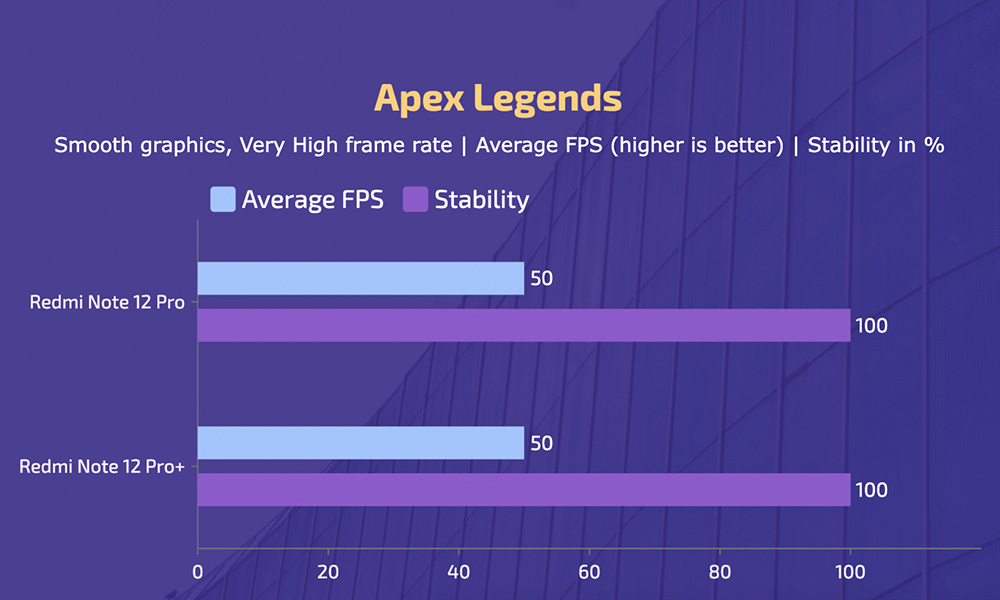
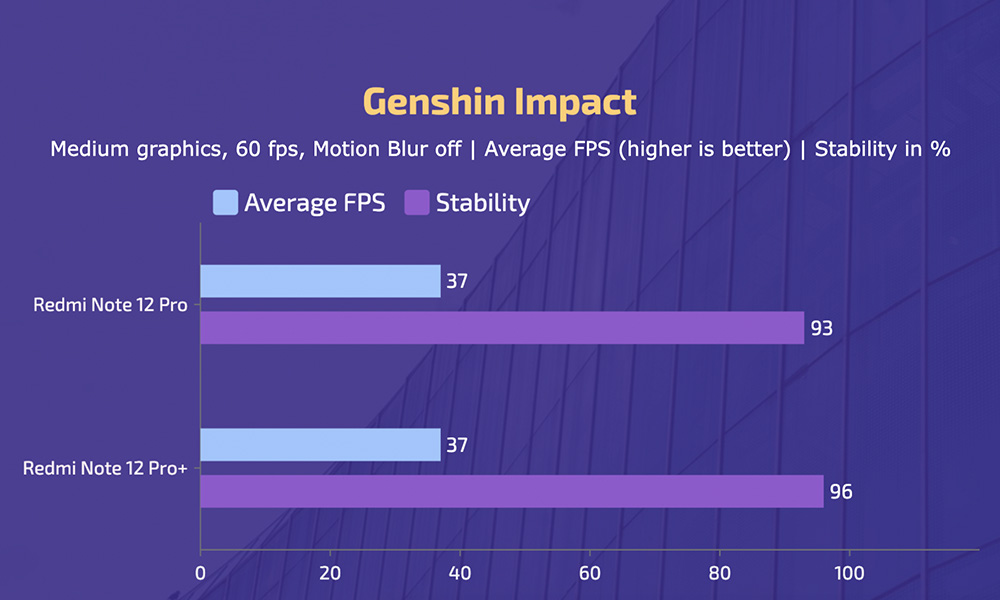
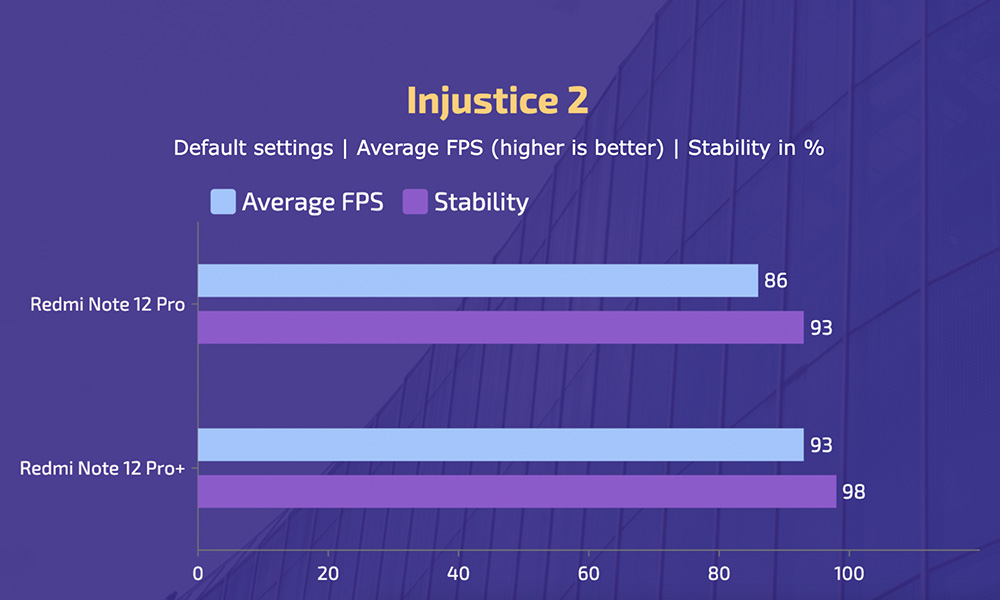


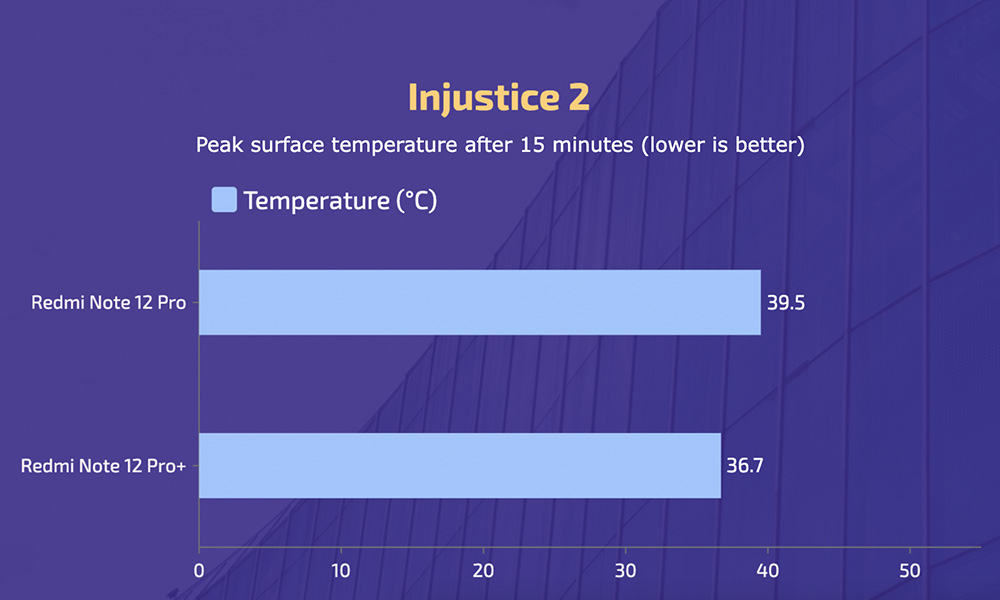
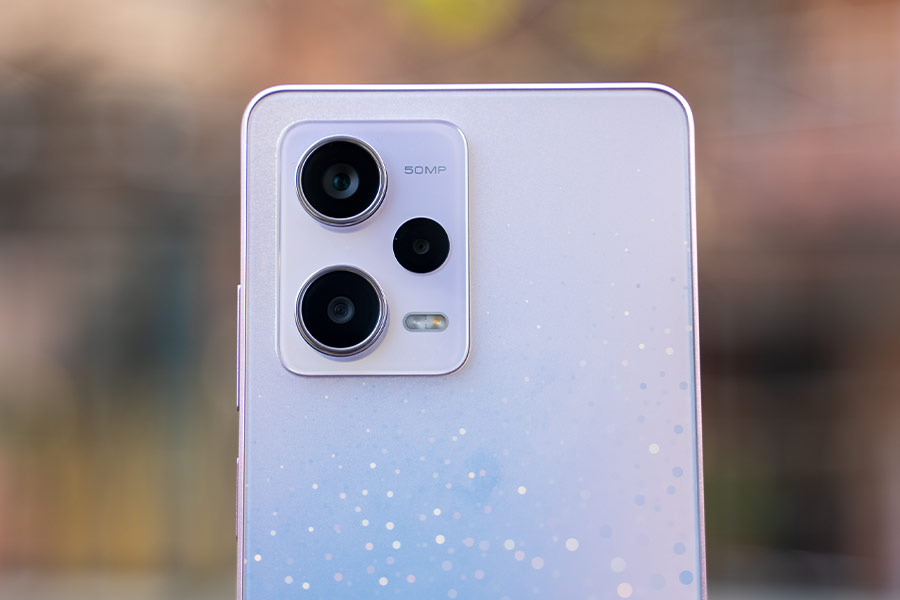
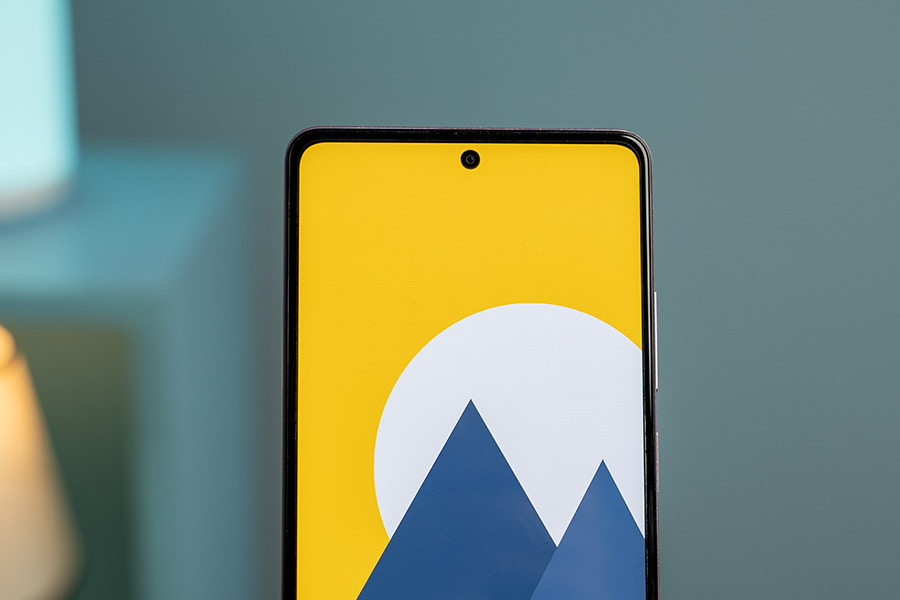


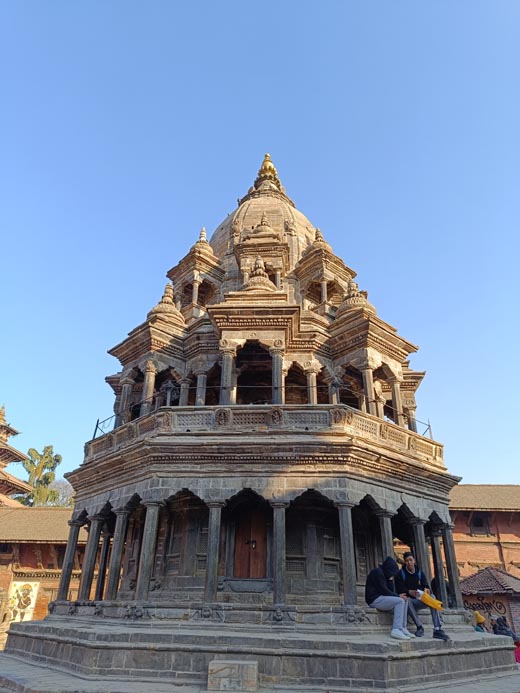


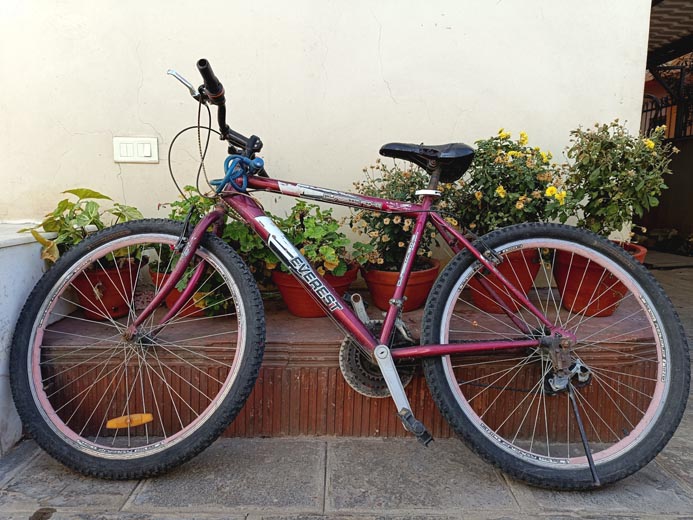
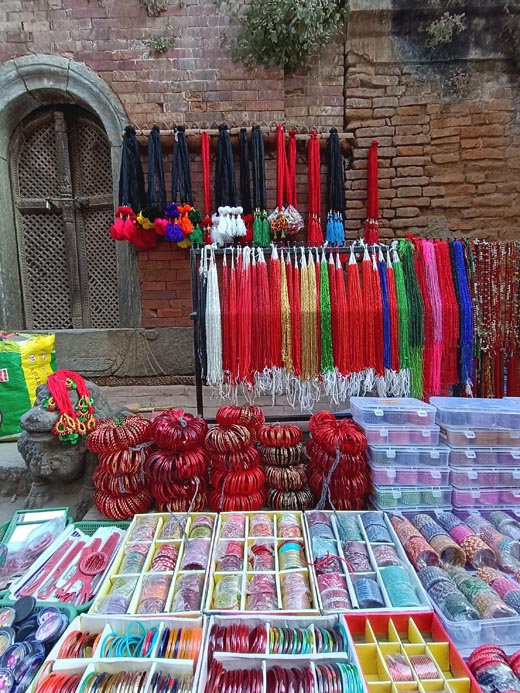

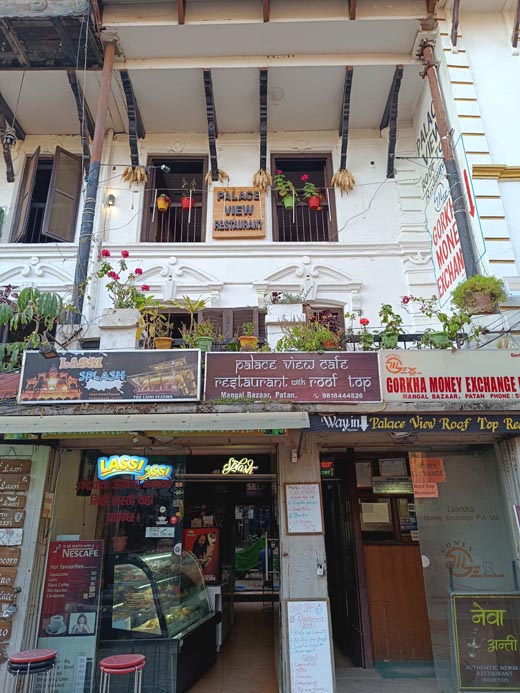

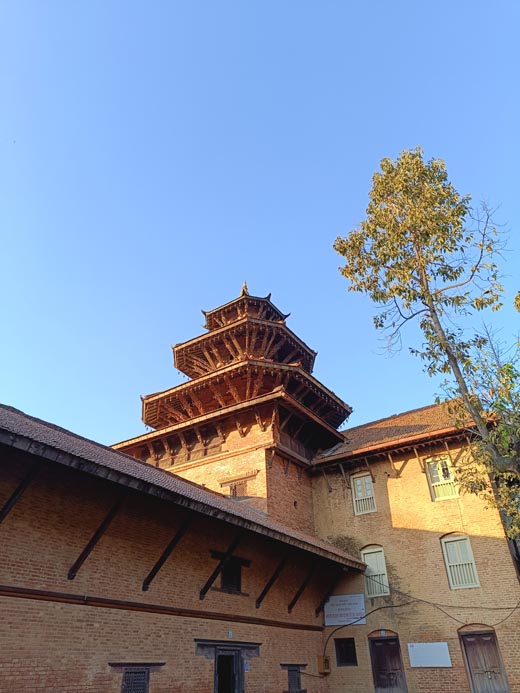



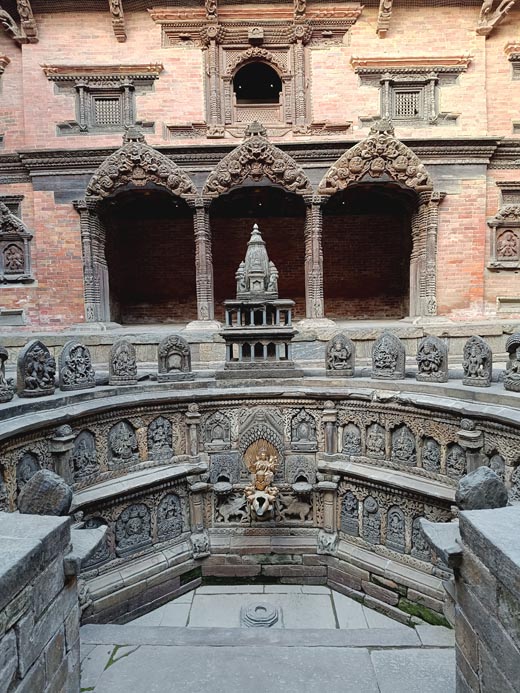
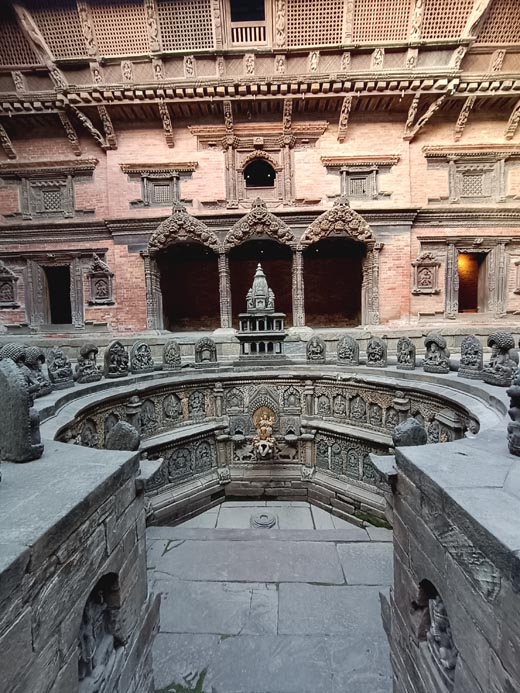









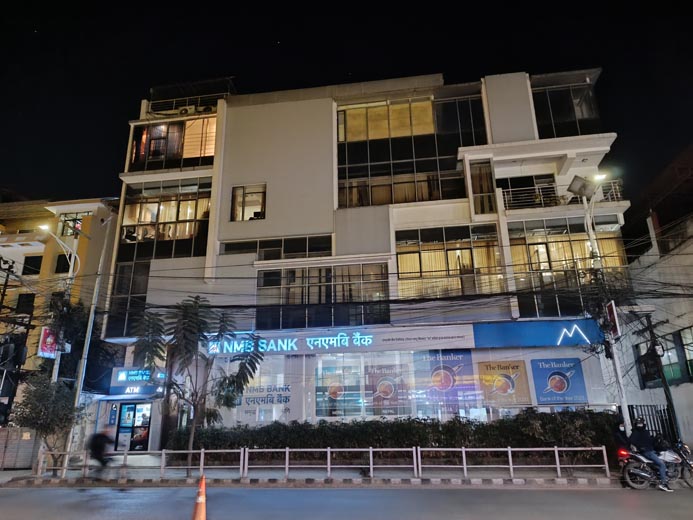

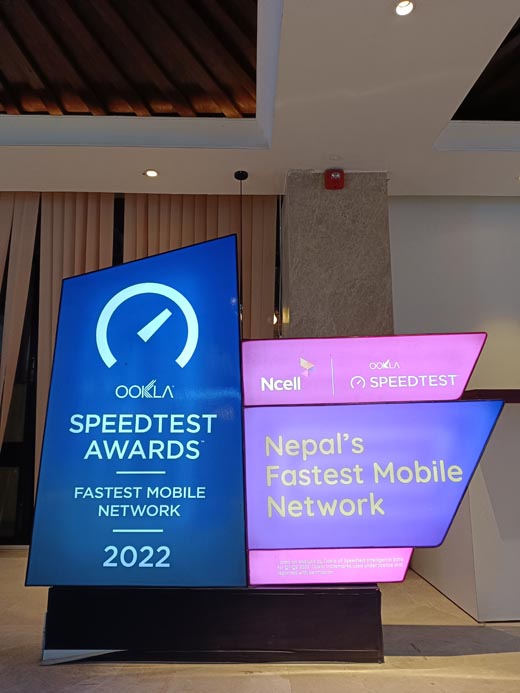
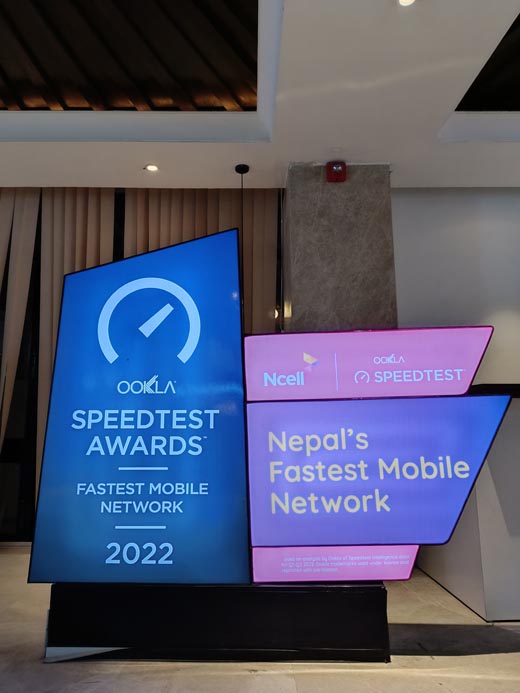
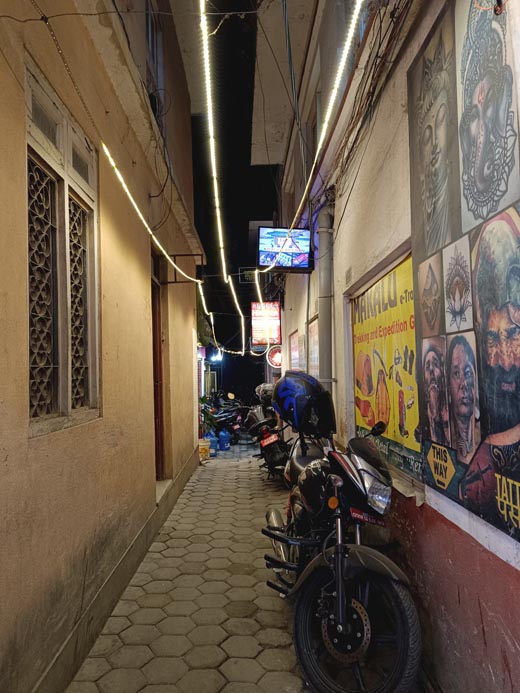
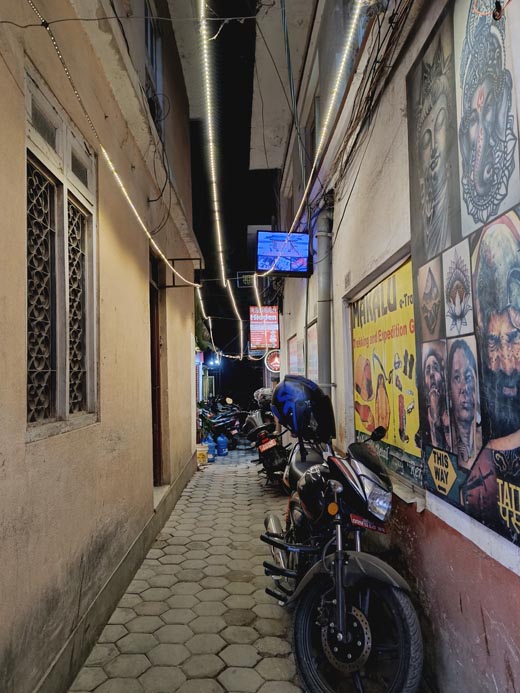



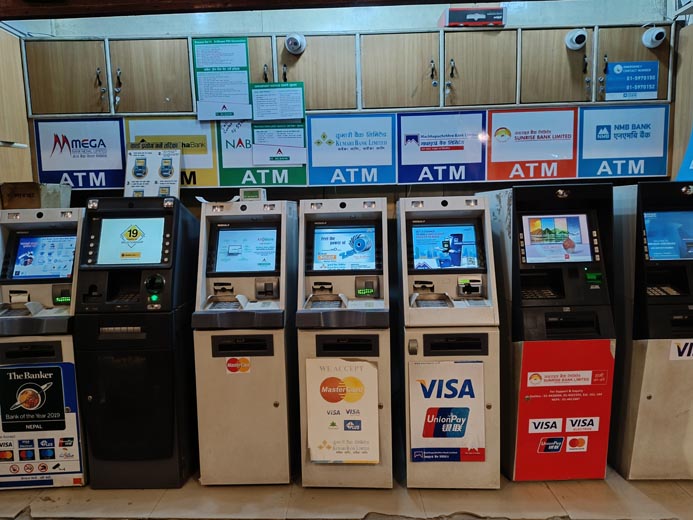
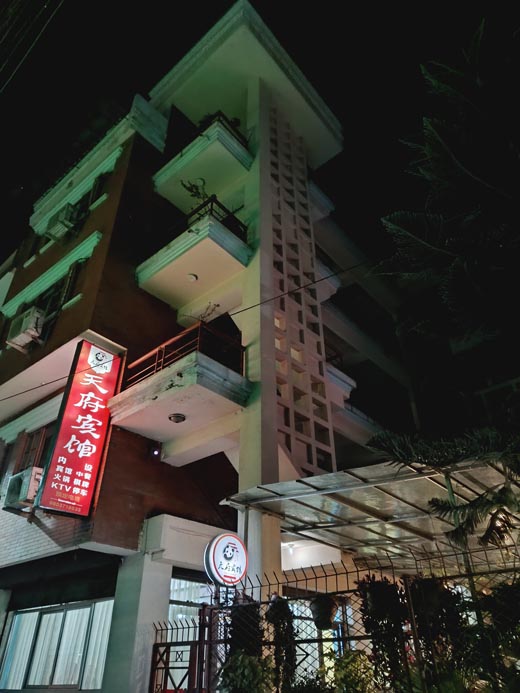
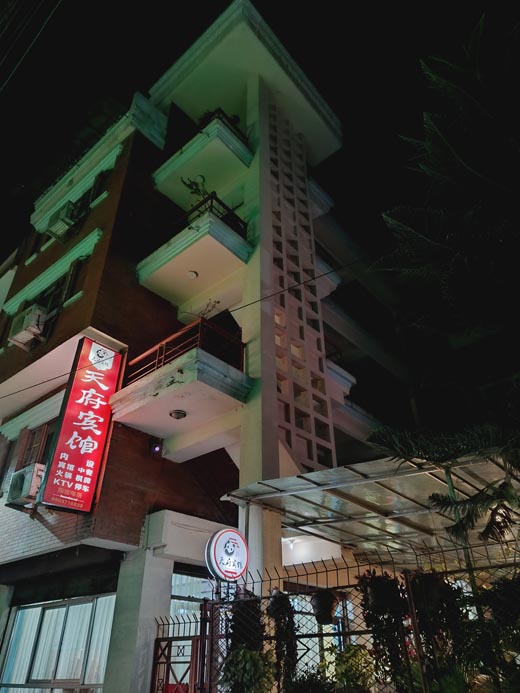
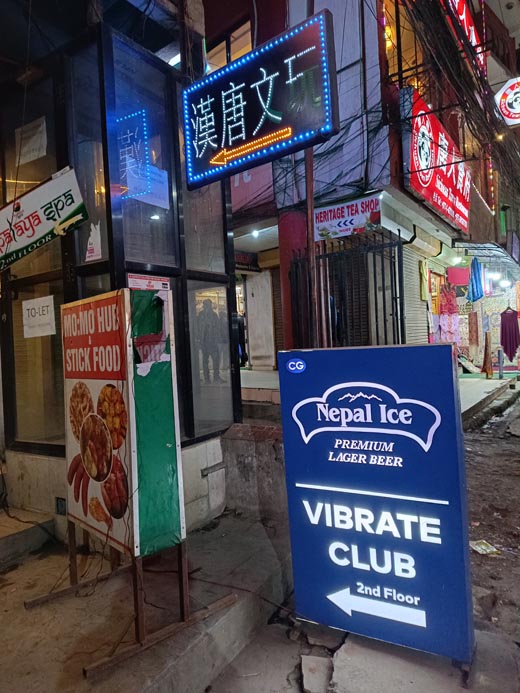
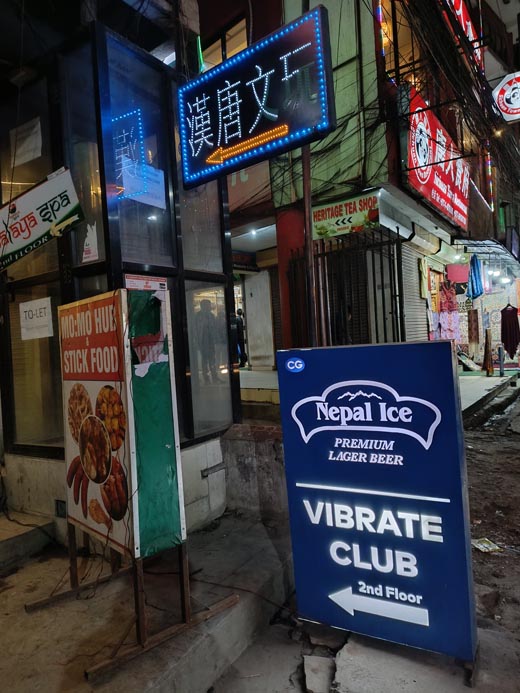
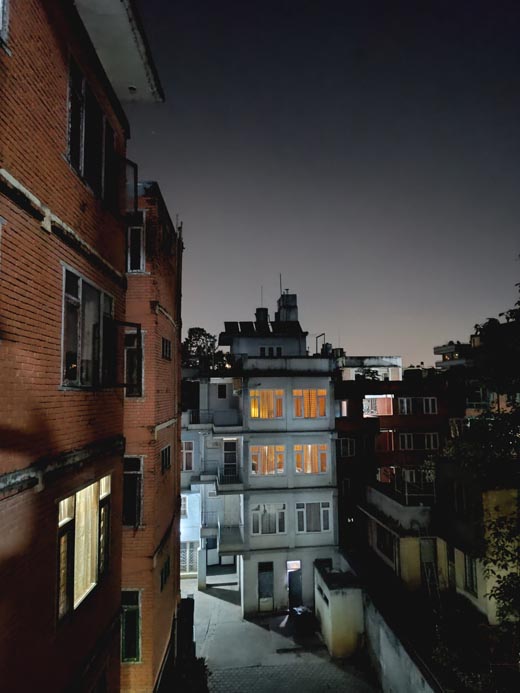


![Best Gaming Laptops in Nepal Under Rs. 250,000 (रु 2.5 Lakhs) [2025] Best Gaming Laptops Under 2.5 lakhs in Nepal [Feb 2025 Update]](https://cdn.gadgetbytenepal.com/wp-content/uploads/2025/02/Best-Gaming-Laptops-Under-2.5-lakhs-in-Nepal-Feb-2025-Update.jpg)
![Best Gaming Laptops in Nepal Under Rs. 120,000 (रु 1.2 Lakhs) [2025] Best Budget Gaming Laptops Under Rs 120000 in Nepal 2025 Update](https://cdn.gadgetbytenepal.com/wp-content/uploads/2025/05/Best-Budget-Gaming-Laptops-Under-Rs-120000-in-Nepal-2024-Update.jpg)
![Best Laptops Under Rs. 80,000 in Nepal [2025] Best Laptops Under 80,000 in Nepal March 2025 Update](https://cdn.gadgetbytenepal.com/wp-content/uploads/2025/03/Best-Laptops-Under-80000-in-Nepal-March-2025-Update.jpg)
![Best Gaming Laptops in Nepal Under Rs. 200,000 (रु 2 Lakhs) [2025] Best gaming lapotp under 2 lakhs Nepal Feb 2025](https://cdn.gadgetbytenepal.com/wp-content/uploads/2025/01/Best-Gaming-Laptops-Under-2-Lakh-Nepal-Feb-2025-Update.jpg)

![Best Mobile Phones Under Rs. 15,000 in Nepal [Updated 2025] Best Phones Under 15000 in Nepal 2024 Budget Smartphones Cheap Affordable](https://cdn.gadgetbytenepal.com/wp-content/uploads/2024/03/Best-Phones-Under-15000-in-Nepal-2024.jpg)
![Best Mobile Phones Under Rs. 20,000 in Nepal [Updated] Best Mobile Phones Under NPR 20000 in Nepal 2023 Updated Samsung Xiaomi Redmi POCO Realme Narzo Benco](https://cdn.gadgetbytenepal.com/wp-content/uploads/2024/01/Best-Phones-Under-20000-in-Nepal-2024.jpg)
![Best Mobile Phones Under Rs. 30,000 in Nepal [Updated 2025] Best Phones Under 30000 in Nepal](https://cdn.gadgetbytenepal.com/wp-content/uploads/2025/01/Best-Phones-Under-30000-in-Nepal.jpg)
![Best Mobile Phones Under Rs. 40,000 in Nepal [Updated 2025] Best Phones Under 40000 in Nepal 2024 Smartphones Mobile Midrange](https://cdn.gadgetbytenepal.com/wp-content/uploads/2024/02/Best-Phones-Under-40000-in-Nepal-2024.jpg)
![Best Mobile Phones Under Rs. 50,000 in Nepal [Updated 2025] Best Phones Under 50000 in Nepal](https://cdn.gadgetbytenepal.com/wp-content/uploads/2025/01/Best-Phones-Under-50000-in-Nepal.jpg)
![Best Flagship Smartphones To Buy In Nepal [Updated] Best flagship phone 2025](https://cdn.gadgetbytenepal.com/wp-content/uploads/2024/07/Best-Flagship-Phones-who-is-it-ft-1.jpg)